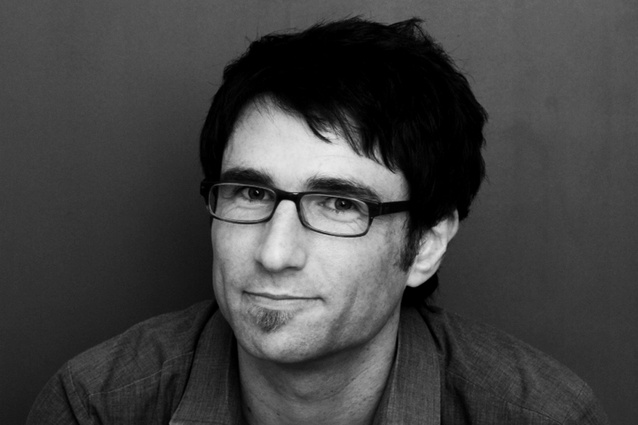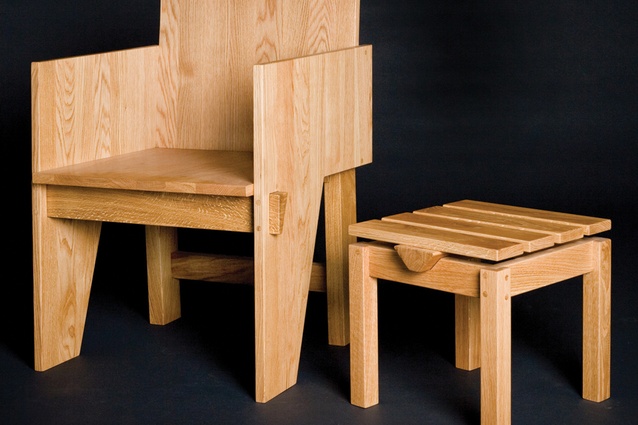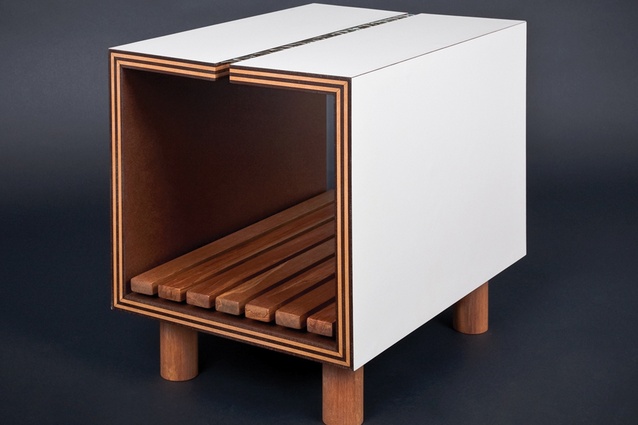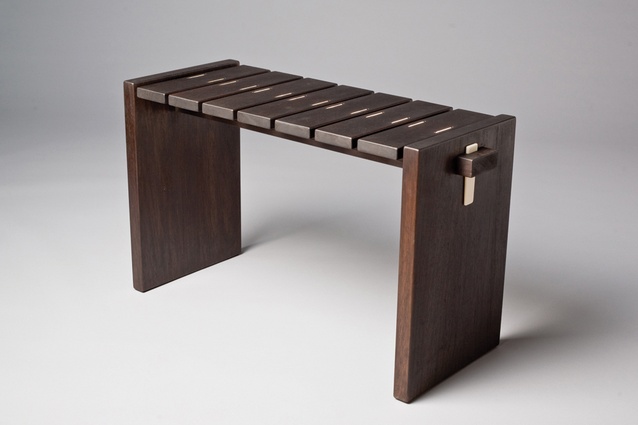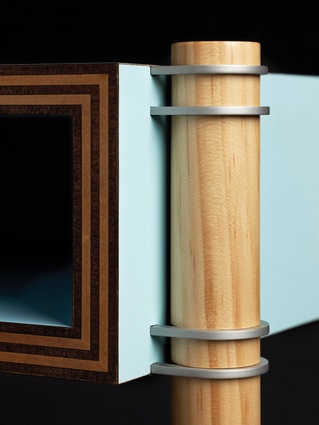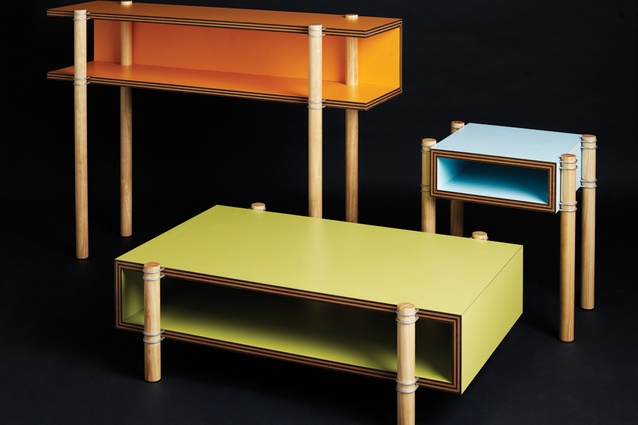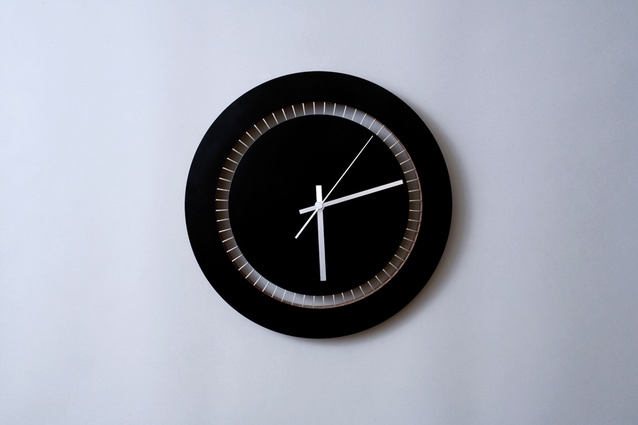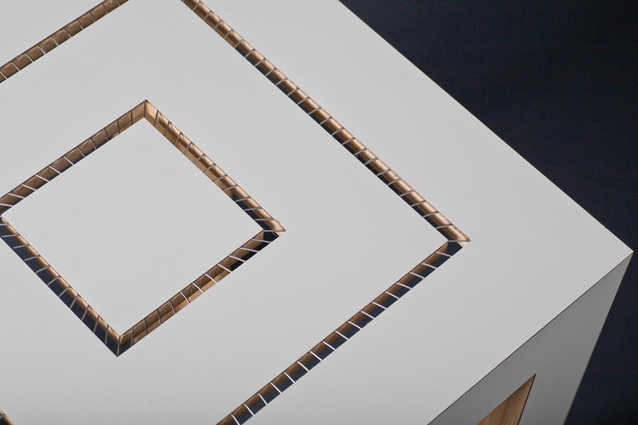Q&A: Kennedy Brown
How did you become a furniture designer?
I’ve always had a talent and love for art and design and so I knew this would one day lead me into a creative career. I had a really supportive upbringing which led me to focus on the arts at school and afterwards a bachelor of design from Unitec, majoring in 3D. This is when I started to focus my attention towards furniture and object design. After graduating in 2001 I decided to expand my design and manufacturing experience by working within retail design and signage. In 2005 I decided to go back to my first passion, furniture design. I moved down to the Hawke’s Bay and joined up with design incubator, Cicada Studios. This was where my furniture design practice really took off.
What did your experience at Cicada Studios give you?
I thoroughly enjoyed my three years as a member of Cicada Studios. The whole experience not only gave me more confidence and knowledge in the workshop but it also gave me a good grounding in business processes such as product pricing, bookkeeping and marketing. The majority of learning was actually self-directed, but there was still a really strong and supportive network within Cicada Studios and through the trustees and the surrounding artists and businesses. I feel really fortunate to have been a part of Cicada, as I learnt a great deal and built up strong friendships and support networks with much of the Hawke’s Bay community.
Your latest collection is called Pacific Allsorts. How do your designs reflect this part of the world?
Through this new range of experimental furniture I have been experimenting and adapting today’s Westernised materials and innovations with more traditional, craft-based construction techniques and structures from and around Oceania. The other key objective to this series was to address and build upon the pioneering spirit of furniture design in New Zealand, which again incorporates that interaction between craft and design. The outcome of this Pacific Allsorts range displays a fresh combination of materials, colours and aesthetics, a juxtaposition of elements and ideas that have been inspired from New Zealand’s past and then reinvented through the convention of contemporary furniture.
Do you identify yourself as a New Zealand designer?
Yes, definitely. Being a fifth-generation New Zealander, this is the only homeland I know, and so I feel it’s only natural that my surroundings form the basis of my design ethos. As a designer, I am inspired by our history, our culture and the people of Aotearoa and our surrounding Pacific Islands.
Why is design important?
Design is important because it is a form of problem solving that incorporates artistic and cultural expression. There is usually a purpose or a function to the concept of design, and through an evolved human intellect we have the ability to execute these solutions in new and exciting ways. I think this is important as it has helped the human race to evolve in mind and in matter.
Where do you draw inspiration from?
I find inspiration in all sorts of things that I see around me, often just simple physical ideas and concepts. These could include anything from a colour or a texture or maybe contrasting aesthetics I see on an object. Sometimes an engineering fitting might be really engaging through its simple design, and then I might really enjoy an early 20th-century New Zealand bookshelf that has an element of carving on it. I find it hard to really define inspiration. I suppose I could say that my inspiration lies in culture, and culture lies at my doorstep.
When furniture is exhibited in a gallery-like setting, does this change the connection of a viewer to the piece, in that, people aren’t usually able to sit down in a chair?
It probably does change the viewer’s perception. I guess in many cases this alternative context will place a perceived value on a piece of furniture. In saying this, I think it’s quite a nice context to introduce new works through. In some cases, prototypes may never be made again, so why not give them a beautiful surrounding to be displayed in.
Has modern design become more about looks than function? What is most important to you in a design?
I think in many cases modern design has, but then again there are still many great functional designs being designed and produced today. I actually think that the spectrum between these two concepts being form and function has widened greatly to where there is now such a large range of styles and approaches to choose from. For me, I still consider function being the first degree of importance; it has to fulfill its set purpose. If it can do this and still look beautiful and engaging, then it’s a great design.
Have you dabbled in other design media (lighting, or graphics, etc)?
I have dabbled in retail and shop-fitting design, as well as exhibition set designing. I also have a strong interest in interior design and architecture which I hope to expand and explore further.

